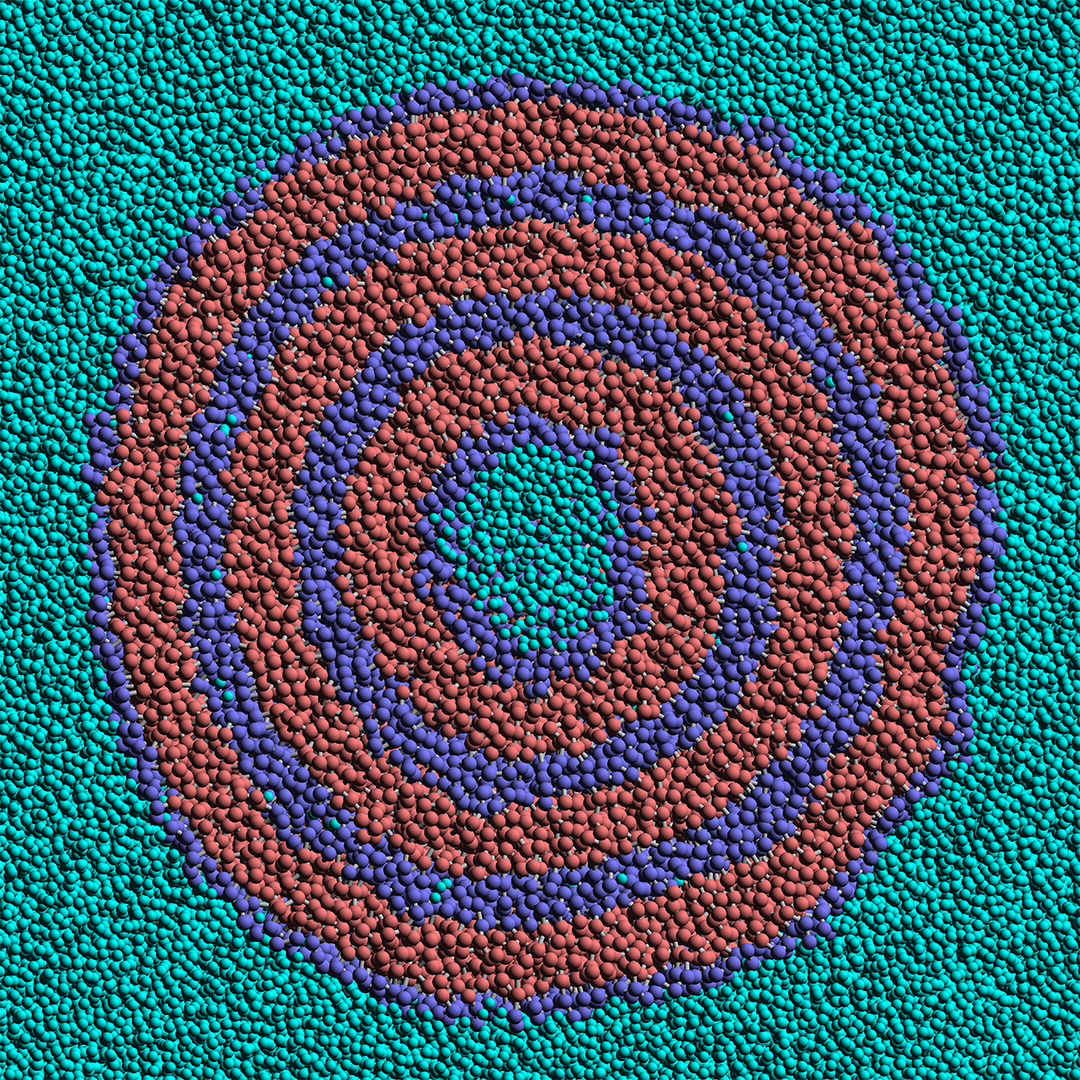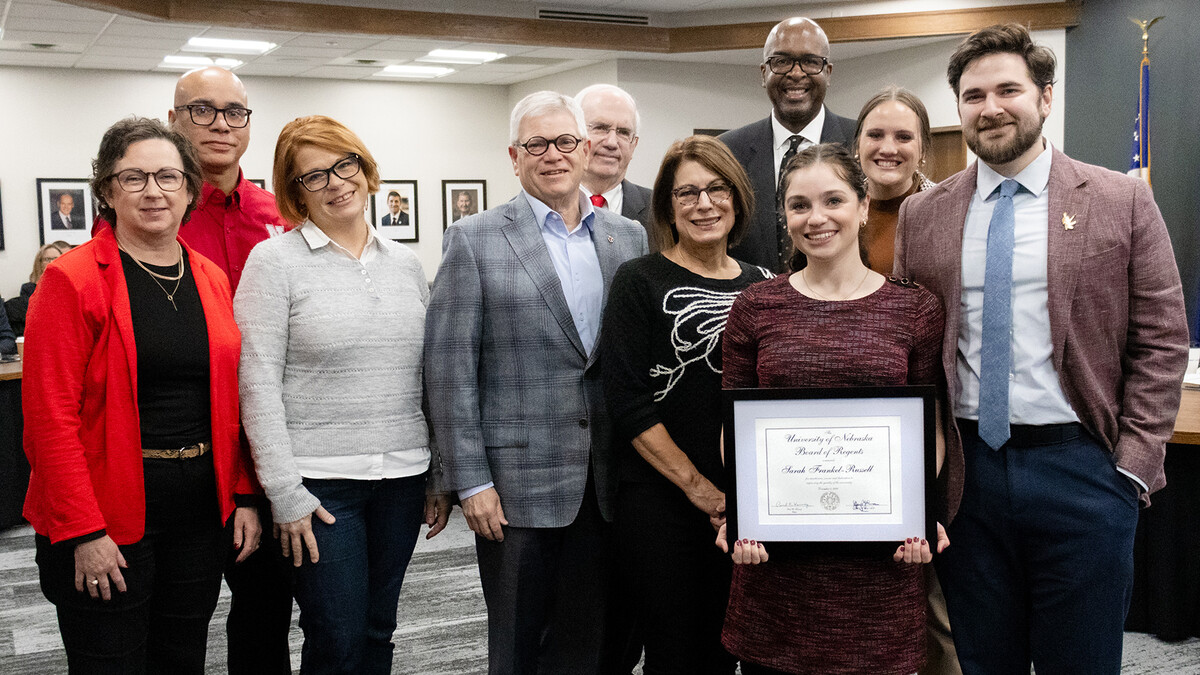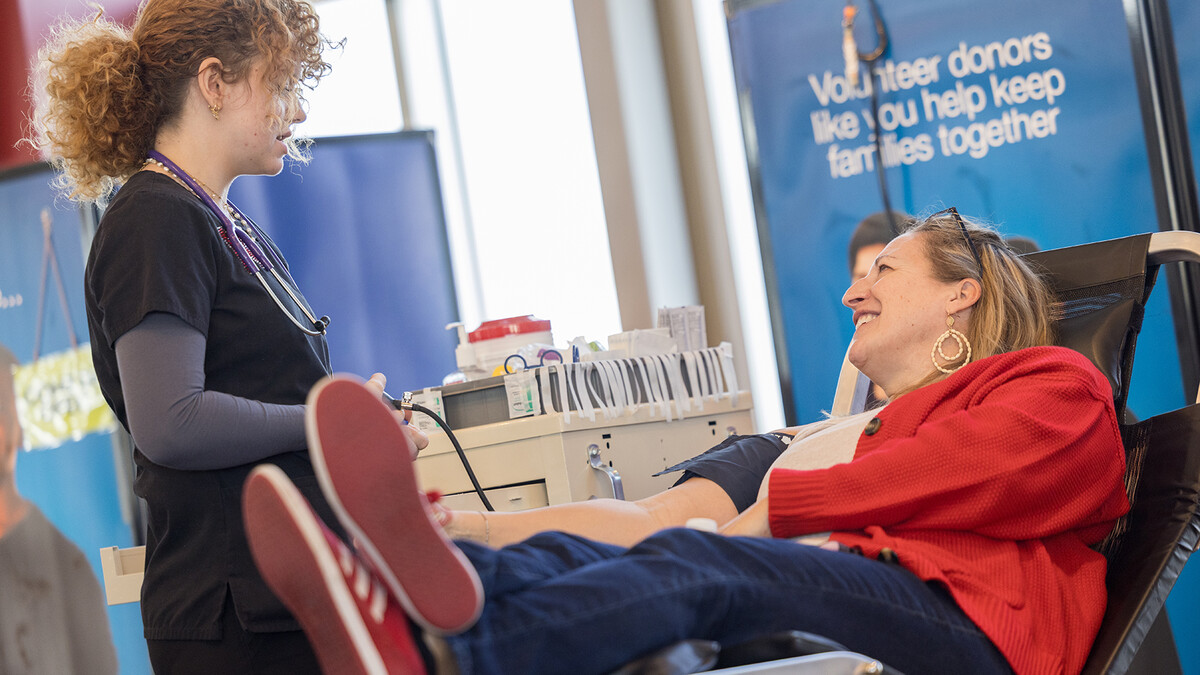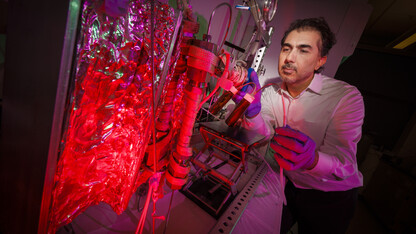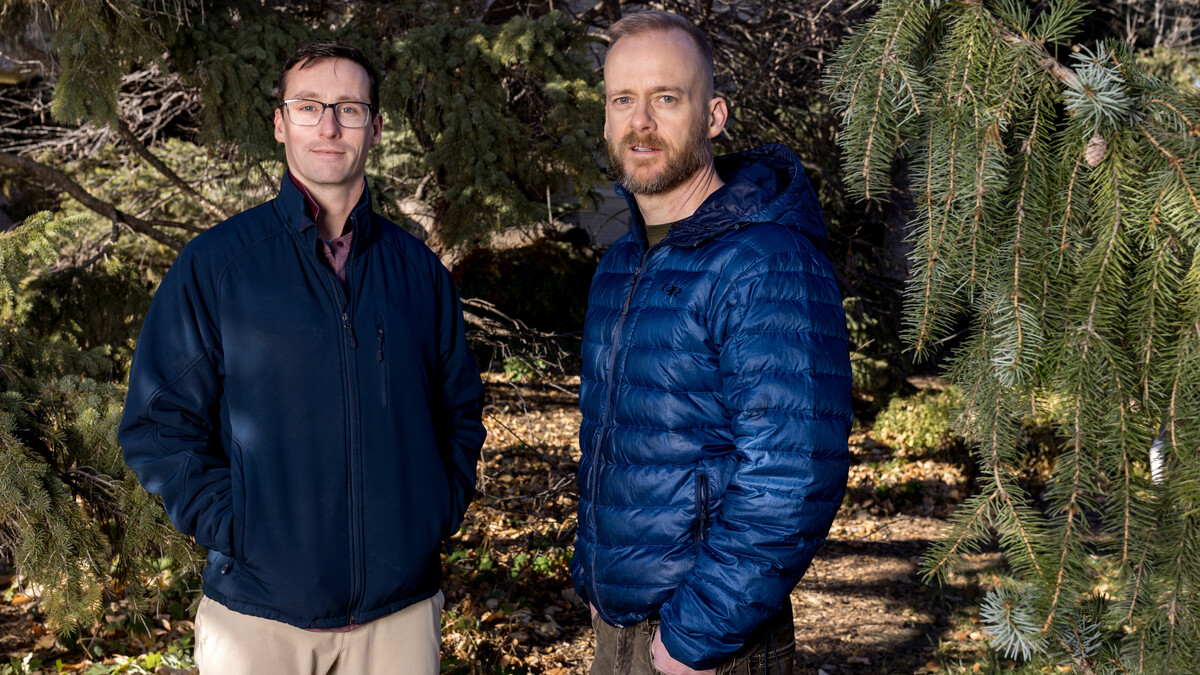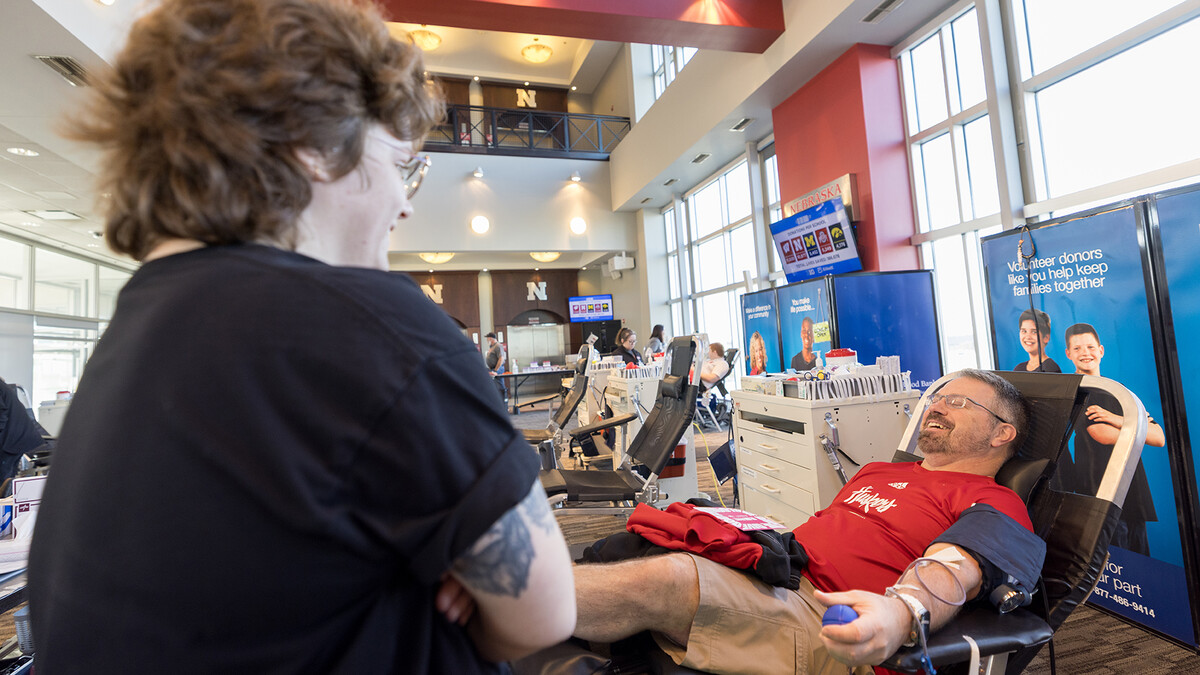
An international research team has published the simplest known recipe for a nanoscopic “onion” that could more precisely release therapeutic drugs or genes as the body peels it away.
Using computer simulations, University of Nebraska-Lincoln chemist Xiao Cheng Zeng and two Japanese colleagues have illustrated that a concentration of short molecular chains will assemble into a layered, onion-like sphere known as a liposome.
The simulations also showed the liposome dispensing its cargo – in this case, water – in relatively small doses as its layers degrade. That capability could make the design especially useful for administering time-release doses of a pharmaceutical drug or even housing multiple payloads in the same liposome, the researchers reported.
“This just gives you more flexibility,” said Zeng, Chancellor’s University Professor of chemistry. “It would be nice to have that additional functionality.”
Zeng, who recently published the findings with Kindai University’s Noriyoshi Arai and Keio University’s Kenji Yasuoka, said the team was inspired by a 2014 experimental study that demonstrated the formation of a similar onion-like liposome. But whereas that liposome featured comparatively complex molecules with dozens of atoms arranged in multiple branches, the version modeled by Zeng and his colleagues would require molecular groups with just five atoms.
“I would say this one, from a simulation point of view, is a breakthrough,” Zeng said. “We (now) know that it doesn’t have to be a very complicated structure. It was amazing to see.”
The newly predicted liposome would assemble from a concentration of molecular chains featuring two hydrophilic atoms and three hydrophobic atoms, with the former exhibiting an attraction to water and the latter lacking it. That dual nature is critical to the liposome’s distinctive onion-like structure, Zeng said, which alternates between layers of the hydrophilic and hydrophobic atoms.
Along with pinpointing the type and minimum number of atoms needed to facilitate the assembly process, the team accounted for factors that included temperature, atomic charges and the quantity of molecular chains. Zeng described the efforts as a year-long exercise in computational trial-and-error. Too few molecular chains, and the onion might look half-eaten. Too small of a charge among the hydrophilic atoms, and it might take the form of a football rather than a sphere.
“The simulations are just so powerful because we can change all these different parameters to find the perfect storm,” Zeng said. “There are a lot of variables. But if we can create a simplified model, we can tune those variables much more easily.
“Once we know why (the molecules assemble in that form), then we have principles that will, in turn, guide experimental groups to design what they want.”
Zeng credited the team’s trans-Pacific collaboration – and the mechanical engineering backgrounds of his Japanese colleagues – for the multidisciplinary approach that ultimately yielded its success. He estimated that Yasuoka has visited Lincoln at least 20 times during various sabbaticals, with Arai also making the trip on numerous occasions. Zeng, in turn, has crossed the Pacific to meet with his colleagues in Tokyo and Osaka.
“By combining our expertise, we’ve been able to accomplish much more,” Zeng said. “It made solving this very challenging problem possible.”
Zeng, Arai and Yasuoka published their findings in the journal ACS Nano. Their work was supported in part by the National Science Foundation.



